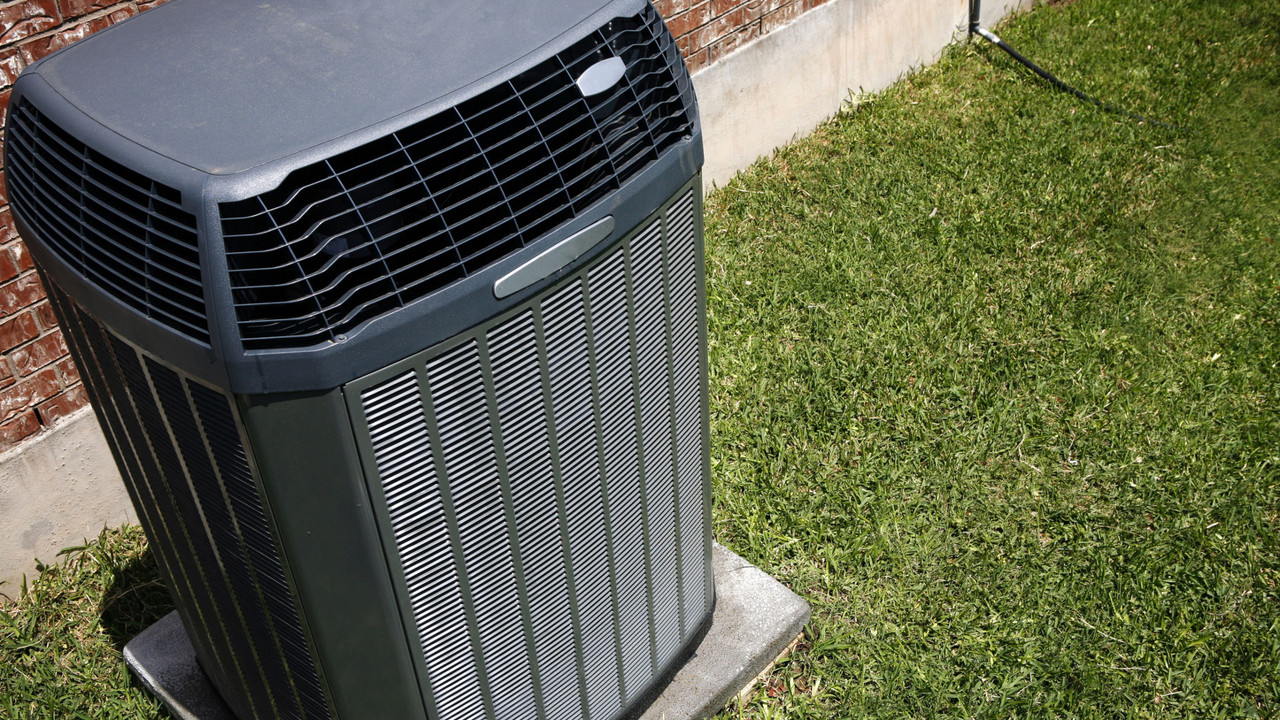Cooling 101 - How Central Air Conditioning Systems WorkPosted by Mariko on April 3rd, 2021
Can you envision life without a/c? Sweltering heat waves that can melt the rubber on your shoes, cook an egg on the dashboard of your automobile, and make it almost difficult to have an excellent night's rest-- sounds miserable! Let's face it, life without A/C would not be the exact same. Did you know, that before the 20th century, ice was really gathered for refrigeration? It was cut into 1-ton blocks, delivered throughout the country and utilized in 'ice-boxes' to keep food fresh. Thankfully today, refrigeration has been drastically improved given that its intro in 1834. By knowing how your house's A/C system works, you'll have the ability to make it run much better and longer, and if it ought to break throughout the canine days of summertime, more positive discovering a replacement. What is Central Air? Considering that the 1960s, main air conditioning systems have actually been the most typical design of cooling in America. Finest characterized by the condenser unit outdoors and ducts carrying cool air throughout the home, a central air conditioning is sometimes referred to as a "split-system" due to the fact that the indoor and outdoor parts are separated. How It Works Comparable to how a sponge absorbs water, central air conditioning conditioners soak up the heat from inside the home and eject it outside through a procedure called "the refrigeration cycle." It's easy to understand how an a/c unit works once you see how the parts run together. Parts of a Cooling System Divide into 2 parts; a system will include an outside condenser unit (below) and a coil housed on top of the heating system or inside air handler. The outdoor condenser, which does many of the work, runs in tandem with the air handler/furnace that disperses the conditioned air into rooms of your home. The Refrigeration Cycle The cooling procedure starts when the thermostat discovers the interior temperature has increased above the setpoint. It indicates the control panel in the air handler and goes into action. 1) The internal blower draws in the hot, damp indoor air from the return ducts into the air handler/furnace cabinet to be conditioned. 2) Unclean air going into the cabinet initially passes through an air filter that traps dirt and particles. 3) The tidy air then goes through the evaporator coil. Utilizing metal fins to increase its surface area, the evaporator coil extracts heat and moisture from the warm air as the air travels through it. The clean, cool air is flowed throughout the house. 4) A set of copper tubes consisting of refrigerant, called a Line Set, connect the indoor coil with the outdoor condenser. 5) The condenser dissipates the heat caught inside the line coming from the evaporator coil by biking it through its coils where a fan at the leading pushes air to speed up the process. The refrigerant is then compressed and takes a trip back to the indoor evaporator coil, where the cooling process continues. HEATING AND COOLING Cheat Sheet It's a good concept to familiarize yourself with the technical language used by HVAC experts to comprehend your system when it comes to making repair work or purchasing a new unit. HVAC - Represents heating, ventilation, and air conditioning. This acronym is used to categorize all devices used to regulate air temperature level, humidity, and air quality. Split-System - In recommendation to parts of the system operating both inside and outdoors. In a split system, the condensing unit is found outside. BTU - British Thermal Systems - a measurement of how much heat energy can be gotten rid of from the air conditioner edmonton air in an hour. Lot - A measurement that describes the cooling capability your unit can offer under typical conditions. 1 Lot amounts to roughly 12,000 BTU's. Heaps are frequently used when sizing an unit for your home, which can be determined based upon the square footage needed to be cooled or warmed. Unequaled Knowledge Conveniently, the furnace, cooling, and electrical systems all work immediately, without us needing to fumble around in the basement or worse, a hot attic. Till something fails. Learning about your cooling system may appear frustrating initially, once you have the basics down, you'll be able to understand not only how your system works, but likewise analyze jargon to make purchasing a replacement simple. Like it? Share it! |



